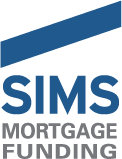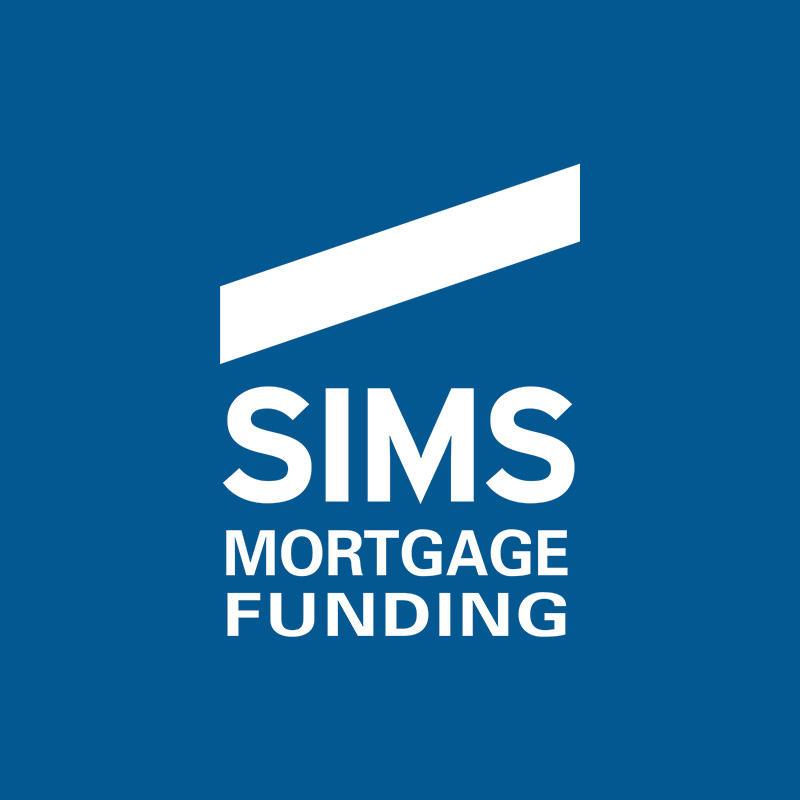The new LEAN Healthcare Handbook became effective January 19. HUD issued a draft last May, finalized it in December, but then quickly pulled it back from official use until about three weeks ago. We don’t believe the Russians had anything to do with it! The good news is that many of the favorable provisions that were included in the draft Handbook – which we first reported in June and re-cap below – are now official.
Prior loans whose proceeds included equity take-outs previously had to be seasoned for two years. HUD now will allow such loans to be immediately eligible for refinancing, depending upon the amount of the loan used for equity and the HUD-insured loan-to-value. For example:
- If less than 50% of the prior loan was used for equity, and the HUD-insured loan does not exceed 70% of value, then no seasoning is necessary.
- If 50% or more of the prior loan was used for equity, and the HUD-insured loan does not exceed 60% of value, then no seasoning is necessary.
- If 50% or more of the prior loan was used for equity and the HUD-insured loan is 61% or more of value, then two years of seasoning is necessary.
- The seasoning period for prior loans – regardless of the use of proceeds – will remain two years if the HUD-insured loan at least 71% or more of value.
HUD also has relaxed debt seasoning requirements for related-party purchase transactions. They will now allow debt associated with these purchases to be refinanced with a HUD-insured loan immediately instead of after a two-year seasoning period provided three conditions related to the sale are met:
- The seller has no residual rights to control the project;
- The seller has no residual rights to reacquire the project until not less than five years after the HUD-insured loan closing; and,
- The purchase must have occurred prior to the date the application for HUD mortgage insurance was filed.
Operator debt, formerly prohibited, will now be considered eligible, provided it is tied directly to the project. Examples include costs related to the purchase of additional furniture fixtures and equipment, working capital related to lease-up and stabilization of the project and other capital expenditures.
The new Handbook also should make it easier for non-profit sponsors to refinance existing debt. Many of these mission-driven organizations have operating profiles with higher expenses, programs and services, and staffing ratios that are asymmetrical to the general market. This has caused lower than market project valuations for non-profits, resulting in loan sizings with insufficient proceeds. However, HUD now has made it easier for appraisals of non-profit projects to be adjusted for market conditions that will result in higher market valuations – and insured loans.
For additional information, contact Anthony Luzzi at 201-315-1242 or aluzzi@simsmortgage.com.

